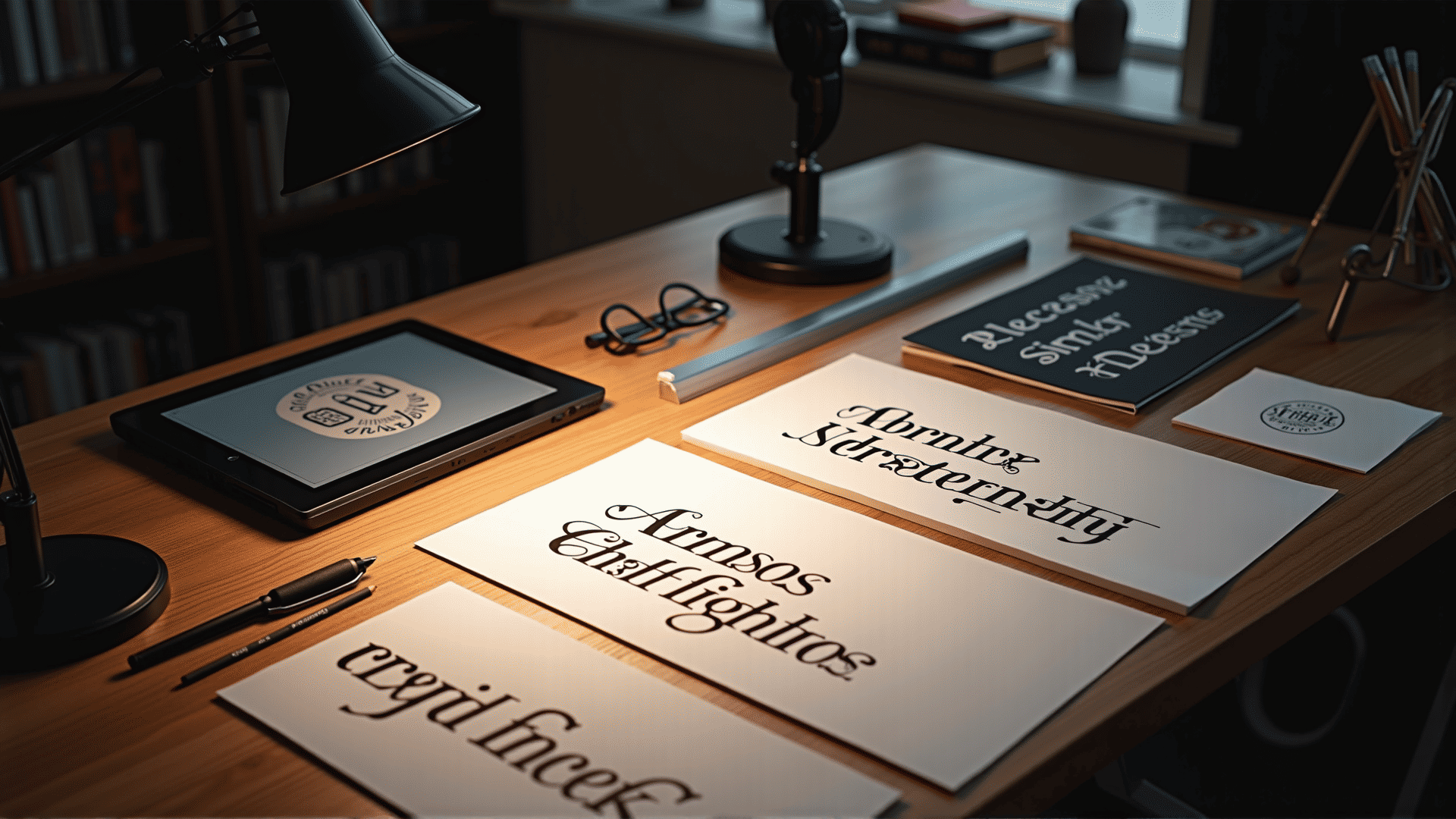Typography is an essential component of design, transforming mere words on a page into powerful visual communication tools. By mastering typography, you can elevate your design projects, ensuring they not only convey the intended message but also resonate with the audience in a meaningful way. Here's how you can enhance your designs with effective typographic techniques.
Understanding the Basics of Typography
Before diving into advanced techniques, it's crucial to understand the fundamental elements of typography. The basic components include typefaces, fonts, and the differences between serif and sans-serif styles. A typeface is the design of lettering, while a font refers to a specific style and weight within a typeface. Serif fonts, characterized by small lines or strokes attached to the ends of letters, are often used in traditional contexts, while sans-serif fonts, without these strokes, convey a modern feel.
Hierarchy and Readability
Creating a clear typographic hierarchy is pivotal in guiding the reader's eye and emphasizing the most important information. This can be achieved through variations in font size, weight, and style. Making headlines bold and large grabs attention while maintaining smaller, lighter text for body content helps prioritize information.
Readability must not be overlooked; it is influenced by line height, letter spacing, and margin considerations. Adequate spacing ensures text is approachable and inviting, preventing visual clutter that could detract from the message.
The Power of Contrast
Contrast in typography draws attention and creates interest. By using contrasting typefaces, weights, and colors, you can highlight vital elements and encourage engagement. Ensure that the contrast is not only visual but also functional – it should serve to enhance comprehension rather than distract.
Selecting the Right Typefaces
Choosing appropriate typefaces is akin to setting the tone for your design. Different typefaces evoke different emotions and reactions, making them crucial to expressing the essence of your message. For instance, a formal document may benefit from classic serif fonts like Times New Roman, whereas a tech-oriented design might use a sleek sans-serif like Helvetica.
Consistent Use of Styles
A cohesive design often relies on consistent typography use. Stick to a limited number of typefaces, typically two or three at most, to maintain uniformity and avoid overwhelming the viewer. This approach allows for differentiation while preserving harmony throughout the design.
Consideration of the Context
Context plays a significant role in typography choices. What works in print might not be as effective in digital media, where reading patterns and screen resolutions can impact clarity and aesthetics. Being mindful of where your work will be displayed allows for more informed decisions regarding typeface selection and arrangement.
Advanced Techniques: Grids and Alignment
Using grids and alignment in typography keeps your text organized and visually appealing. Grids can help designers structure information more coherently, making it easier for the audience to follow the narrative. Proper alignment ensures that text flows naturally within the design, fostering a seamless reading experience.
Embracing Negative Space
Negative space, or the space around and between elements of the design, can dramatically influence typography. It provides breathing room, allowing the text to stand out and ensuring that the design doesn’t appear cluttered. Mastering the use of negative space can enhance focus and elevate the overall impact of your typography.
Conclusion
Typography is not merely about choosing fonts and arranging letters; it’s about crafting an experience that guides, informs, and delights the audience. By understanding the core principles and experimenting with advanced techniques, designers can create compelling typographic elements that not only complement but amplify the message of their design projects. Embrace typography as a vital artistic and communicative tool, and watch your designs come to life with clarity and creativity.
